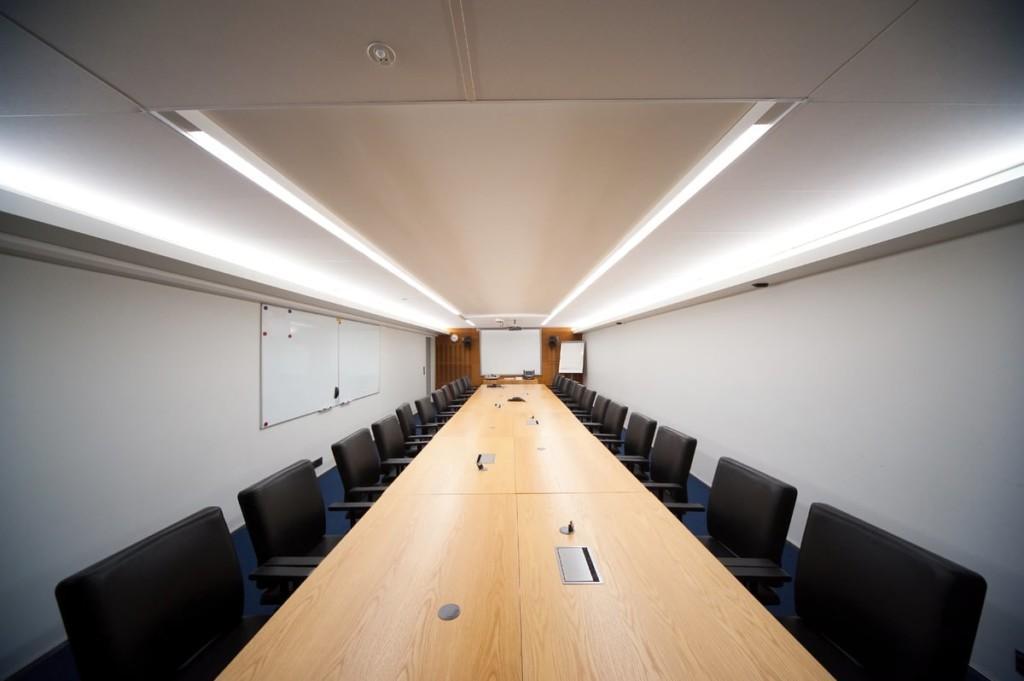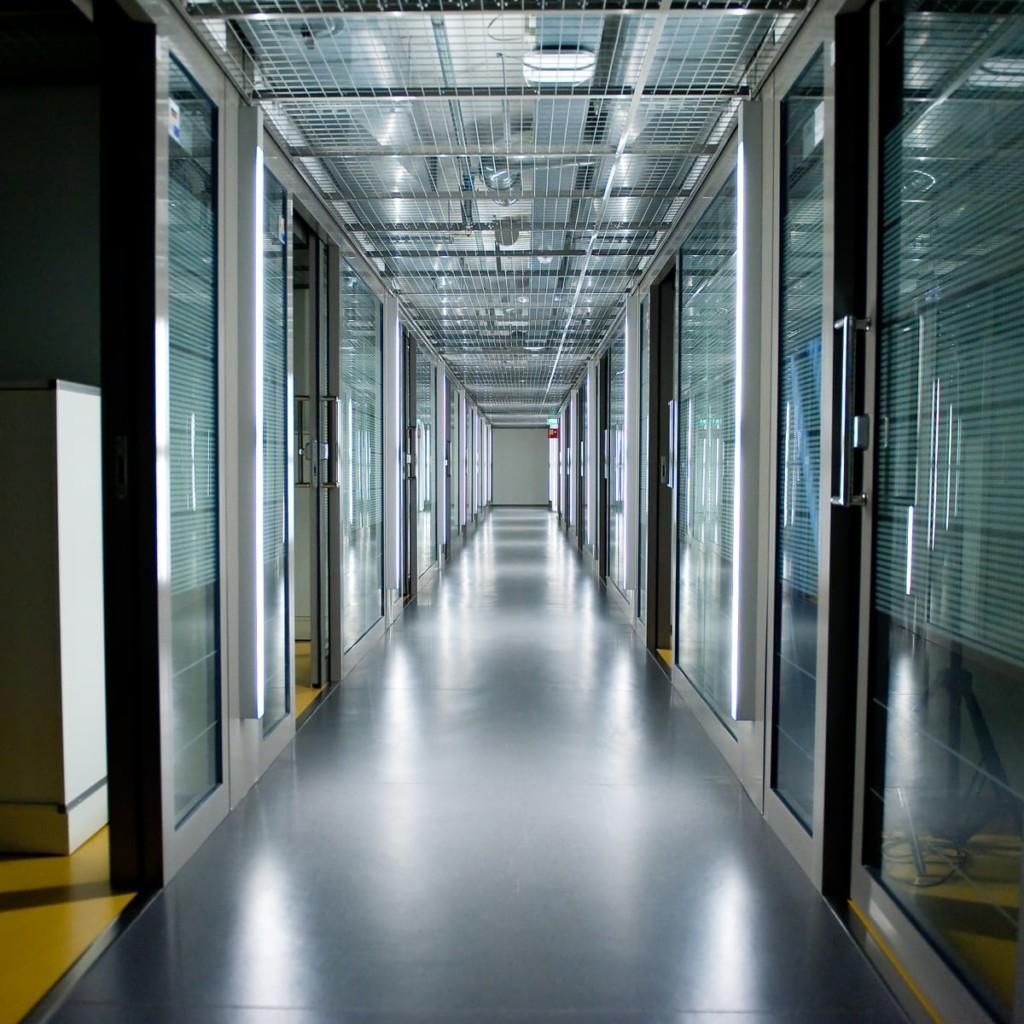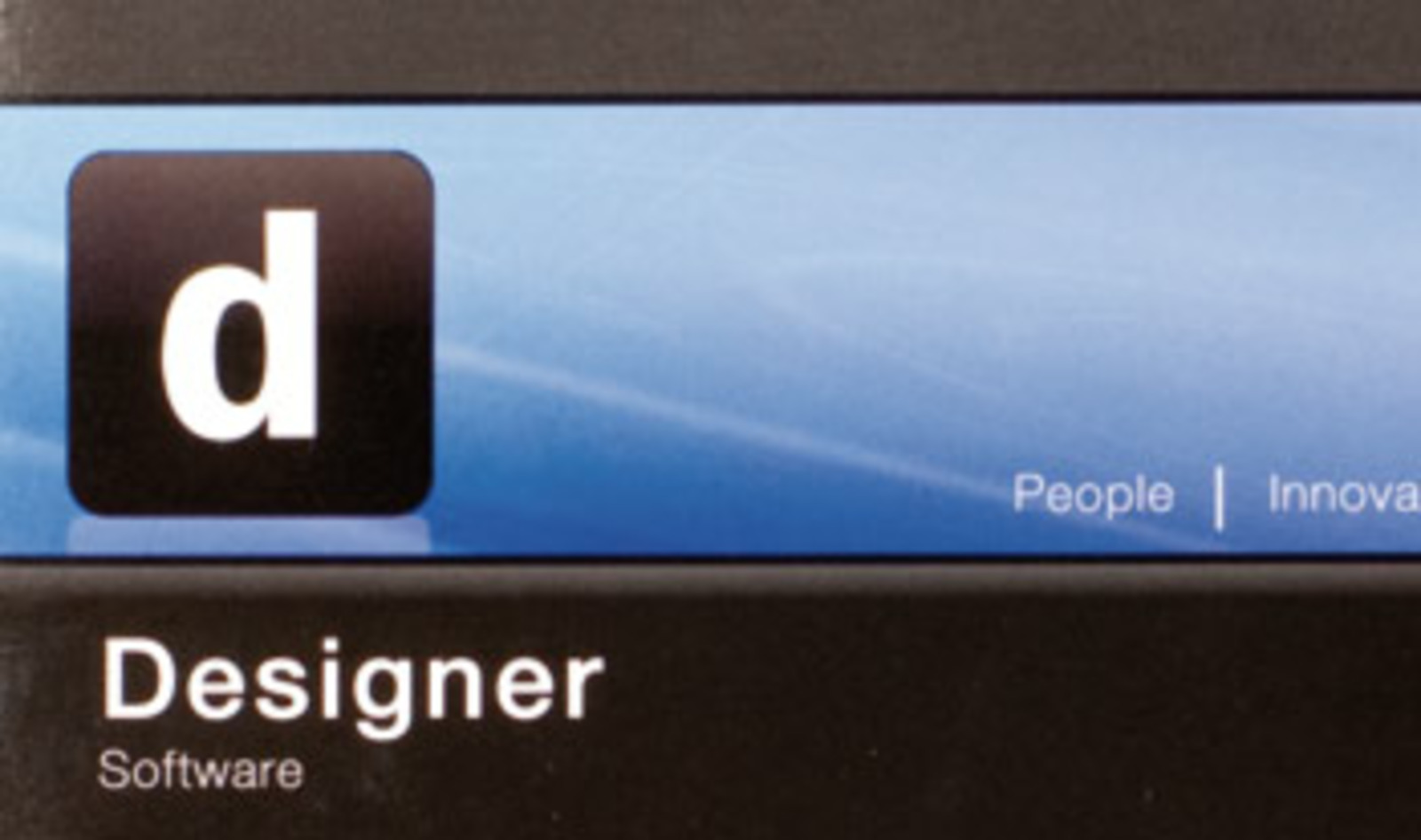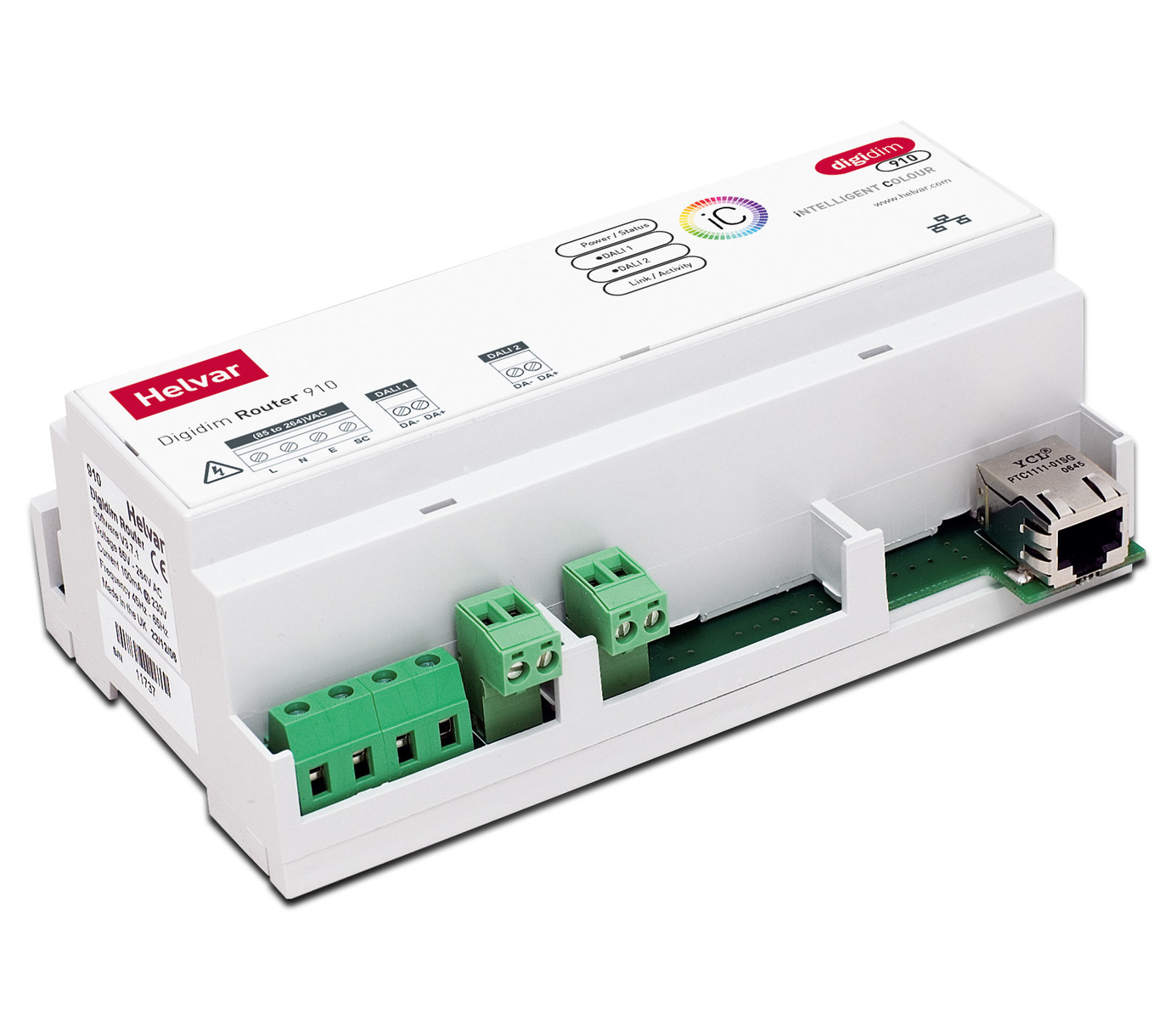The European Chemicals Agency operates in user-friendly light
Complete control and flexibility for a demanding office: ECHA Helsinki
 The European Chemicals Agency (ECHA) is situated in Helsinki, in a building that was completed in 1937 and designed by W.G. Palmqvist. The newly renovated facilities used by the Chemicals Agency include more than 20,000 square metres, out of which 4,000 square metres are connected to a lighting control system and 3,000 square metres are office facilities. The Agency employs more than 500 people.
The European Chemicals Agency (ECHA) is situated in Helsinki, in a building that was completed in 1937 and designed by W.G. Palmqvist. The newly renovated facilities used by the Chemicals Agency include more than 20,000 square metres, out of which 4,000 square metres are connected to a lighting control system and 3,000 square metres are office facilities. The Agency employs more than 500 people.
The European Chemicals Agency is working to improve the quality of life by ensuring the safe use of chemicals and promoting new innovations. It governs European chemicals legislation and related tasks. Meetings and conferences play a key role in the operations of the Agency.
The objective was to have the office, meeting and conference centre facilities for the ECHA under one roof. The approval of the European Chemicals Act in 2006 served as the initiator for the premises project. The Agency located in a building on Annankatu in the centre of Helsinki, which used to be an industrial property and later on the head office for the building owner, Varma Insurance Company.
 “This was perfect timing for us as the new Varma head office was being built at the time. The conference centre facilities turned out to be optimal for us,” says Ismo Kukkonen, rental and maintenance manager for Varma. The objective of the Agency’s lighting plan was to create well-lit facilities that utilise daylight. Furthermore, the demanding presentation technology had to be considered in the lighting requirements. Conference facilities require a maximum amount of light.
“This was perfect timing for us as the new Varma head office was being built at the time. The conference centre facilities turned out to be optimal for us,” says Ismo Kukkonen, rental and maintenance manager for Varma. The objective of the Agency’s lighting plan was to create well-lit facilities that utilise daylight. Furthermore, the demanding presentation technology had to be considered in the lighting requirements. Conference facilities require a maximum amount of light.
“Lighting must also be functional in the facilities located underground. The colour temperature of lighting is taken into account so as to make sure the personnel have the required energy to cope at work. Lighting control is connected to the building’s automation system,” says Teuvo Honkakunnas, deputy property manager for the ECHA.
 “The objective was to obtain modifiable lighting by means of lighting control. The actual lighting control system can also be modified. According to EU instructions, lighting control must include preset lighting conditions,” says Matti Sinisalo, electrical designer from the E-Plan Oy engineering office. “Helvar’s DIGIDIM system was the best possible choice for lighting control in the ECHA. Helvar’s experts were readily accessible and the technical system information easily available,” Sinisalo emphasises.
“The objective was to obtain modifiable lighting by means of lighting control. The actual lighting control system can also be modified. According to EU instructions, lighting control must include preset lighting conditions,” says Matti Sinisalo, electrical designer from the E-Plan Oy engineering office. “Helvar’s DIGIDIM system was the best possible choice for lighting control in the ECHA. Helvar’s experts were readily accessible and the technical system information easily available,” Sinisalo emphasises.
NATURAL LIGHT TO CONFERENCES THROUGH THE CEILING
The lighting in the Chemicals Agency must serve different purposes. Various levels of lighting were predetermined for different types of operating situations. The conference facility furnishings are built in an oval shape so that each seat has non-obstructed visibility of the video screens on the walls. During a conference, the camera is directed to the speaker and the image is reflected onto the screens.
“The lighting solutions and the interior design in the Chemical Agency’s conference and meeting facilities are implemented according to Finnish practices. The electrical designer proposed Helvar’s solution for lighting control. Varma, as the owner of the property, and the Agency, as the lessee, both approved the proposal,” says Kari Vanhanen from the ECHA. “When images are reflected onto the screen in the conference facilities, it sets different requirements for lighting. Daylight creates its own set of challenges. A lighting control system with adjustable settings was needed,” says Markku Inkeroinen, project manager from Pöyry CM Oy, which acted as the construction consultant.
“The operation of the meeting technology is monitored from the AV control room of the conference centre. A direct video conference connection can be created from the conference room to, for example, Brussels,” Honkakunnas says. “Natural light is directed to the centre through the skylights. Lighting control supports the use of natural light. Due to lighting control and the modern conference technology the level of modernisation in the facilities is high. Interior decoration is implemented with Scandinavian design. The end result is warm and well-lit,” explains Kukkonen.
 ENERGY EFFICIENCY AND OTHER BENEFITS OF LIGHTING CONTROL
ENERGY EFFICIENCY AND OTHER BENEFITS OF LIGHTING CONTROL
Lighting control includes room-specific programmed settings for meeting, video conference, presentation and full lighting conditions. “If the luminous efficiency is reduced from 100% to 80% and no difference can be detected by the eye, energy savings can be obtained. The system takes light coming from outside into consideration. In addition, presence detection brings savings compared to the lighting being on constantly,” says Honkakunnas.
“Modifiability is one of the key benefits of a functioning lighting control system in the conference centre. Helvar system can be expanded by connecting entire building sections to it and still control the lighting from a single control room,” Sinisalo explains. “We often use video conferencing at the ECHA for cost reasons. The ECHA conference facilities and its lighting system are at a good level with respect to energy efficiency,” Vanhanen emphasises.
SUITABLE FOR DEMANDING OFFICES
The lighting control system covers the meeting, lobby, office and conference facilities. The primary goal for the lighting was to obtain working zone lights for the workstations in groups of four in the open-plan office.
“We are extremely happy with the Helvar lighting control system. The users have given us no negative feedback on the use of lighting. As soon as we get the Designer software, we can modify the lighting even better than before,” Vanhanen says.
“Lighting control serves its purpose in a user-friendly way during conferences. The users only have to choose a preprogrammed lighting condition from the touch screen or the control panel at the door,” Vanhanen continues.
“Helvar’s lighting control system is well suited for our highly demanding office and conference environments. Office lighting control complete with the presence detectors permits natural light to be utilised,” Honkakunnas says.
Used products
We respect your privacy
We use cookies to optimise our website and our service, to analyse site usage, and to assist in our marketing efforts. Read more and view used cookies in our Cookie Policy.
Functional Always active
The technical storage or access is strictly necessary for the legitimate purpose of enabling the use of a specific service explicitly requested by the subscriber or user, or for the sole purpose of carrying out the transmission of a communication over an electronic communications network.
Preferences
The technical storage or access is necessary for the legitimate purpose of storing preferences that are not requested by the subscriber or user.
Statistics
The technical storage or access that is used exclusively for statistical purposes.
The technical storage or access that is used exclusively for anonymous statistical purposes. Without a subpoena, voluntary compliance on the part of your Internet Service Provider, or additional records from a third party, information stored or retrieved for this purpose alone cannot usually be used to identify you.
Marketing
The technical storage or access is required to create user profiles to send advertising, or to track the user on a website or across several websites for similar marketing purposes.

